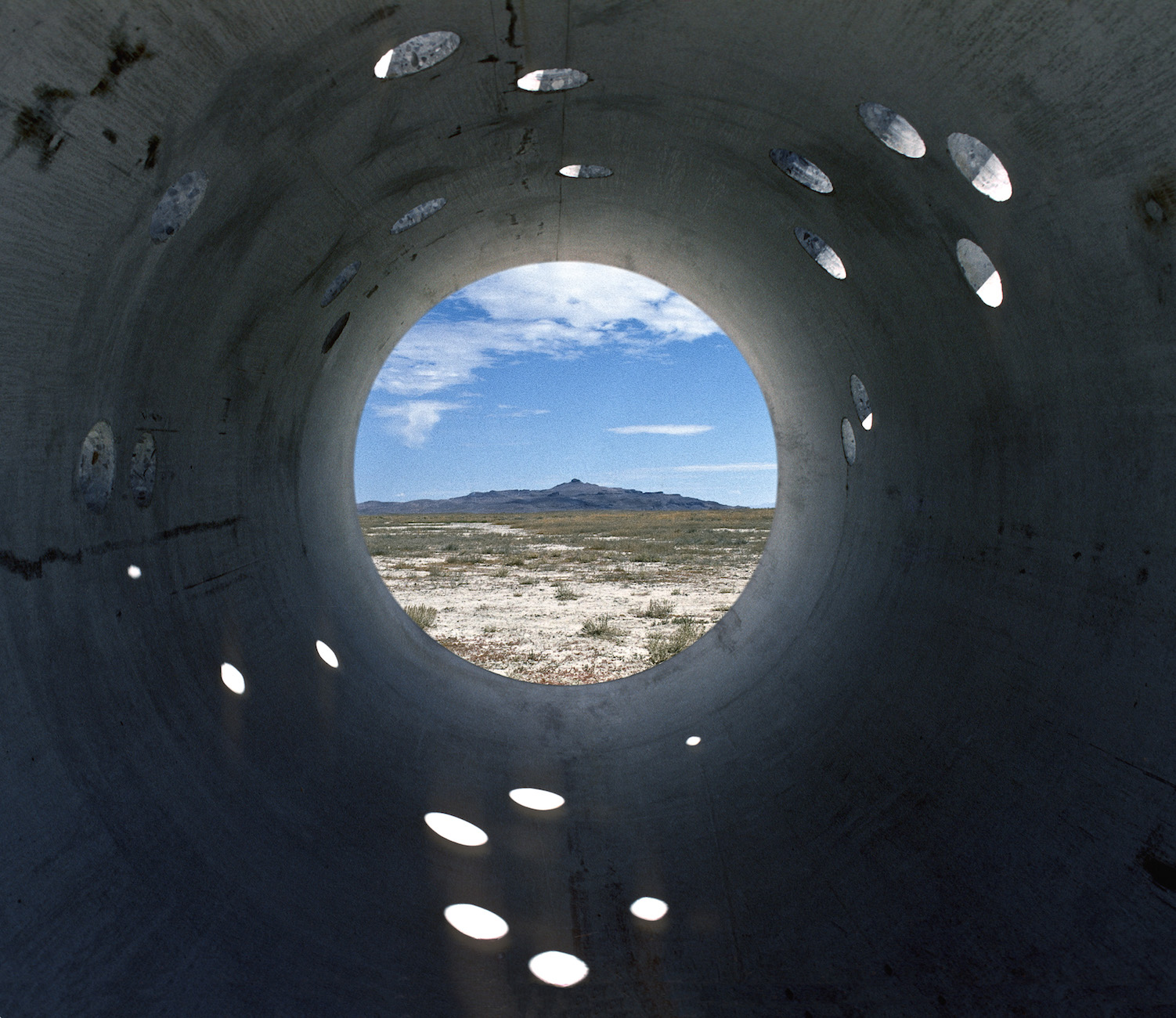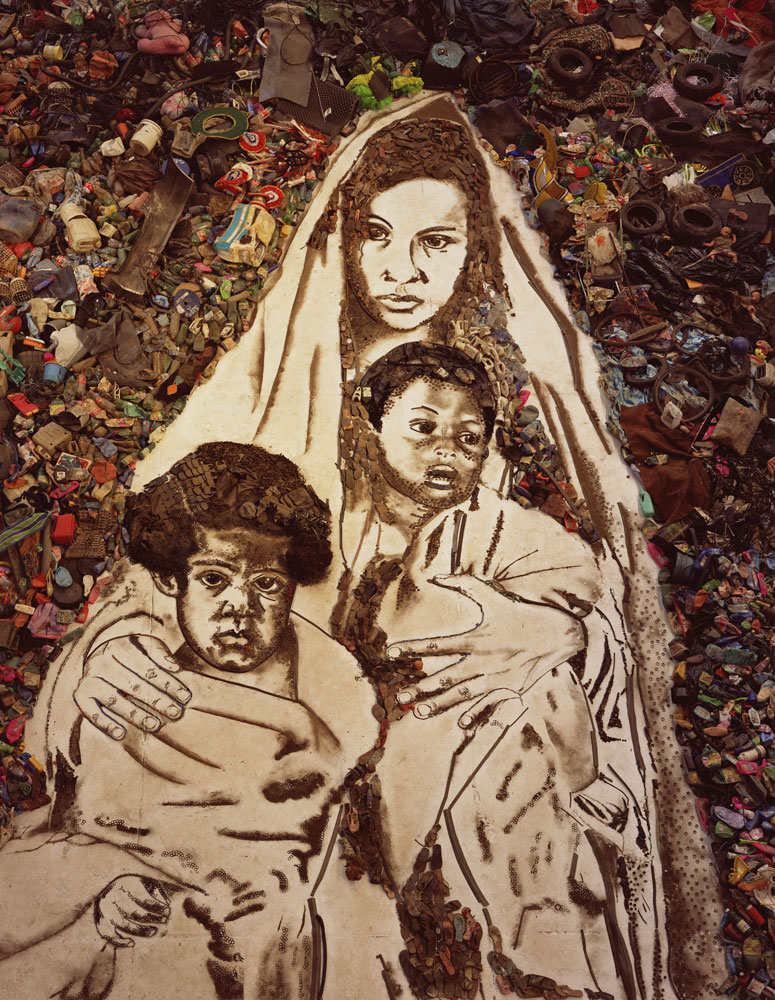We all have our own connection to nature. Here in Oregon any time you step outside we are fortunate enough to have a breathtaking view of mountain ranges, forests, or endless valleys of golden grains. Nature untouched by man is art already, worthy of paintings and pictures. Yet there is something quite surreal when you can view nature and know that it didn’t always look like that, and we have permanently changed it for all of eternity. There’s no way to go back to how it was. There’s a pride in knowing we can change the world, but its also a haunting feeling knowing that you can never get back what you lost. Yet still favorite view on this earth is an outlook high up in the mountains, and during the day you can see for miles the untouched land sprawling out below it. Then at night the eerie glow of windmills cities away lights up the night sky with thousands of red beaming eyes. The earth is it’s own masterpiece painting, and everything we do changes it in sporadic and unknown ways.
This feeling might be what these artist are tying to bring to people, what they are tying to remind us of. We all have our own location in the world that brings us a feeling of pride for our creation but with a slight wince of unease for what it used to be. Maybe a few years ago, or maybe lifetimes ago, but our reach has change almost every location in the world in some way or another. The artists bring up these emotions in us as part of their responsibility to themselves as good artists. Allowing people to resonate and connect with their art is what an artist strives for. The real question is why do they feel the need to bring up these exact emotions. Why show us nature and the effect we have had on it. These artists obviously must feel a connection of their own to nature and are using their talents to share this feeling with others. I don’t believe that there can be an agenda behind their artwork. The paper has mild tones of whether artists either have the right to try and change someone’s else’s perspective, and if it is instead their duty to try and persuade others. I believe the artist can create what ever they want. Its not the artists job to change our thinking, its their job to get us thinking. No picture of nature can be propaganda, because everyone may look at it different.
My favorite piece of art was Nancy Holts Sun Tunnel. The tube is like the human eye, focused towards the distance at the largest mountain. Only able to see what’s in our field of view. In one way it amplifies the beauty of nature, but in another it limits what we can see. Similar to our technology. Through our science we are able to see newer and greater things, but as a results we are diminishing the parts of nature and the world that we deem mundane.

Nancy Holt, “Sun Tunnel“




